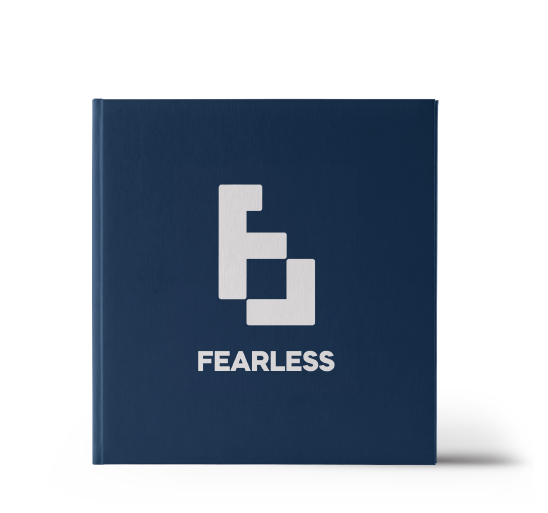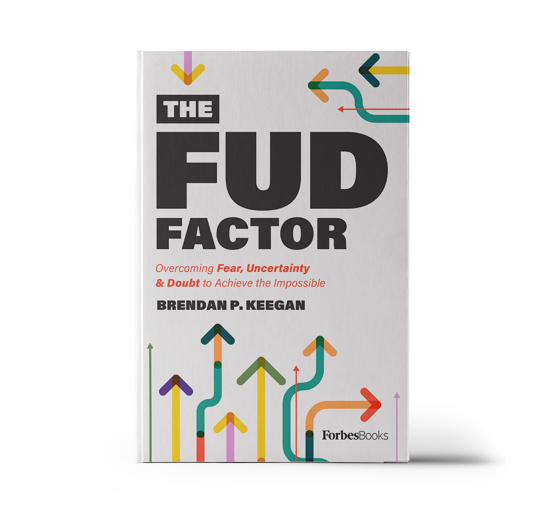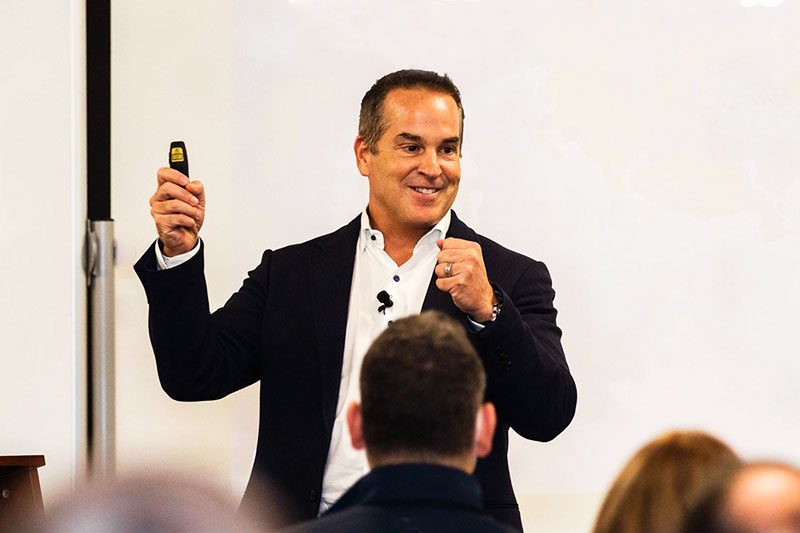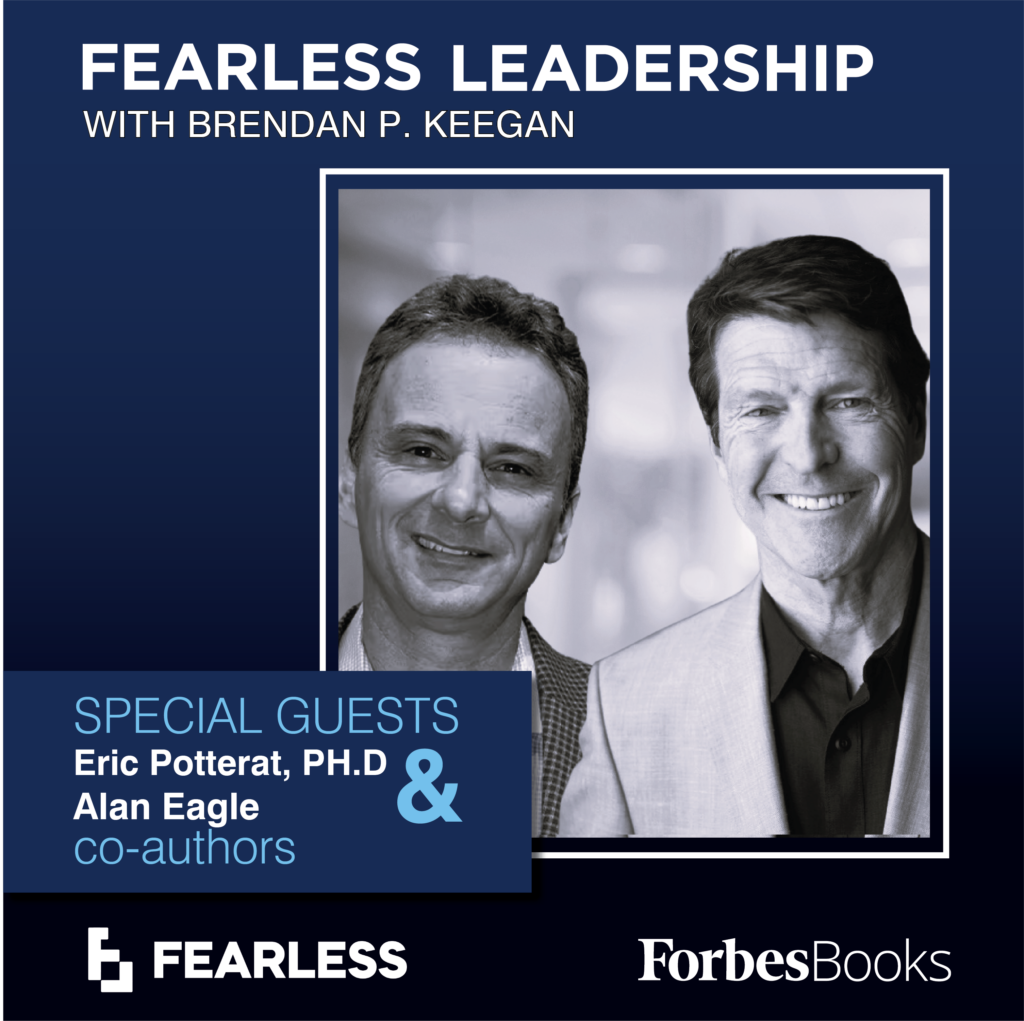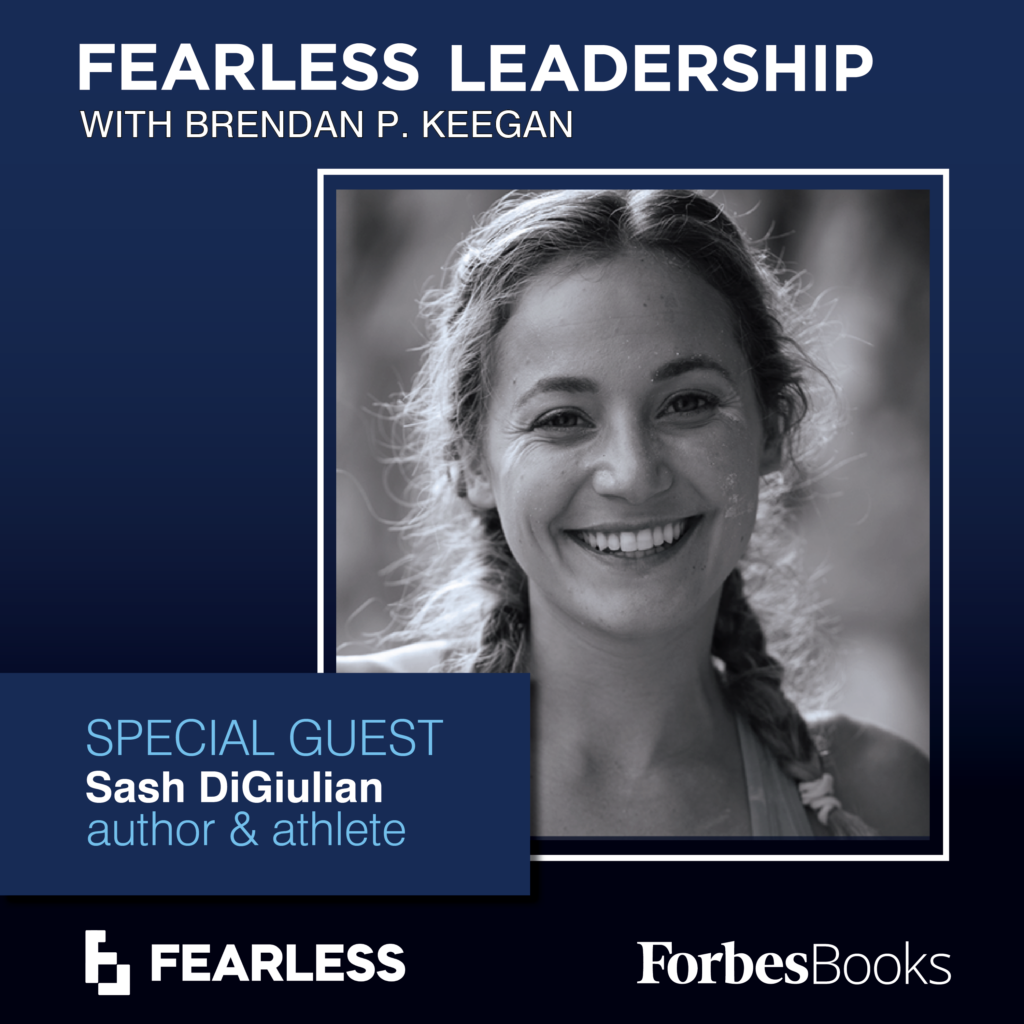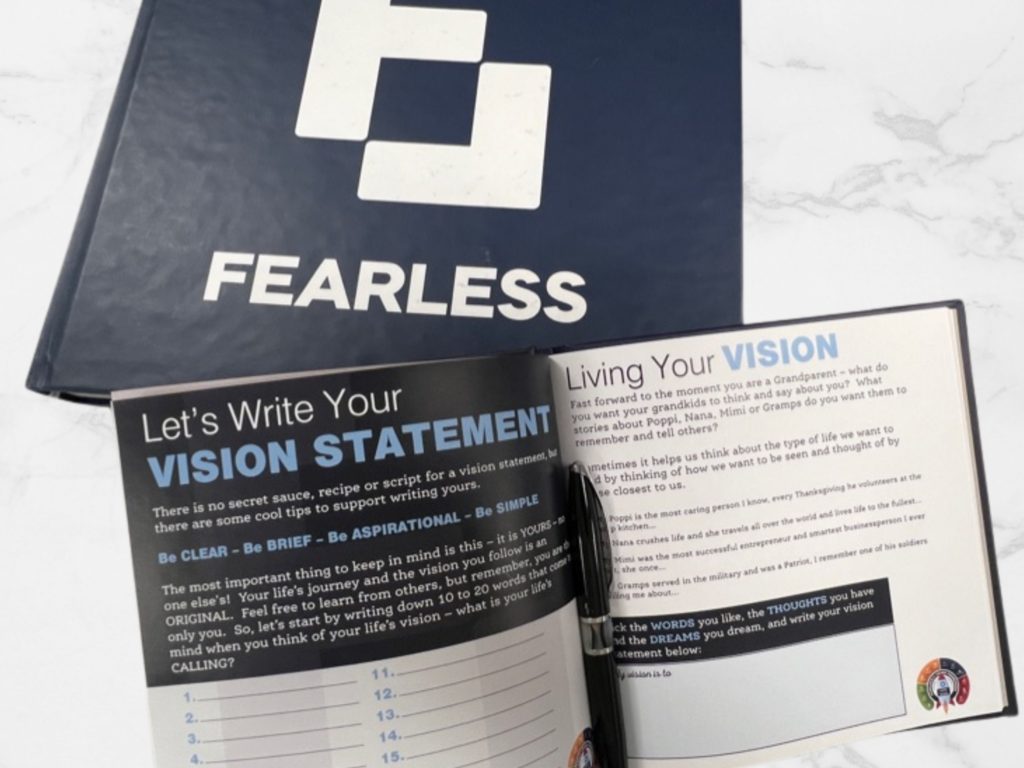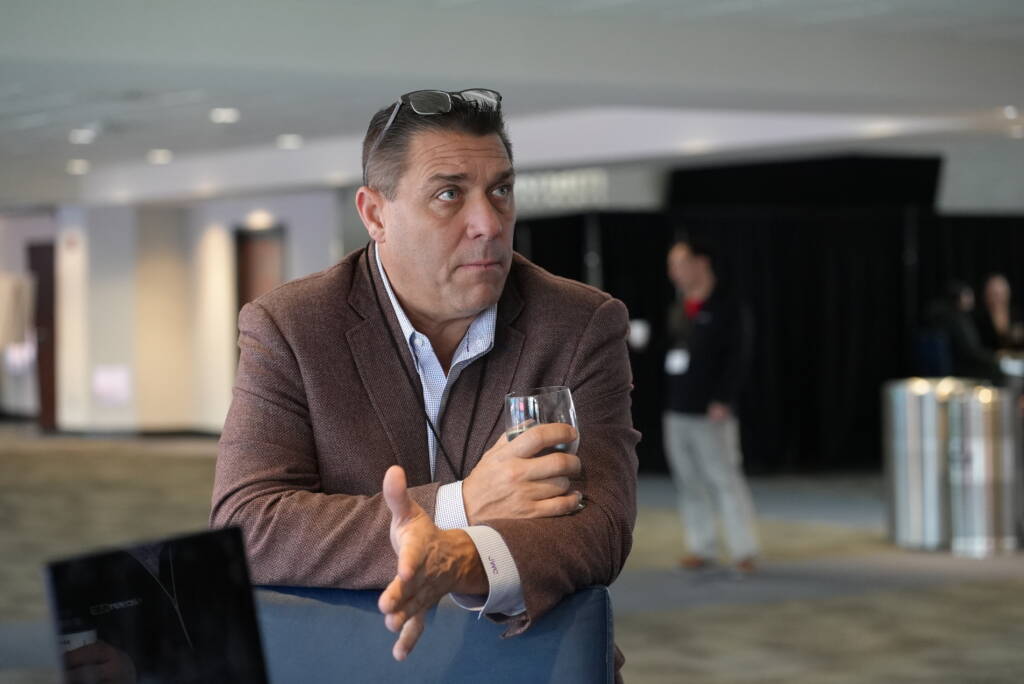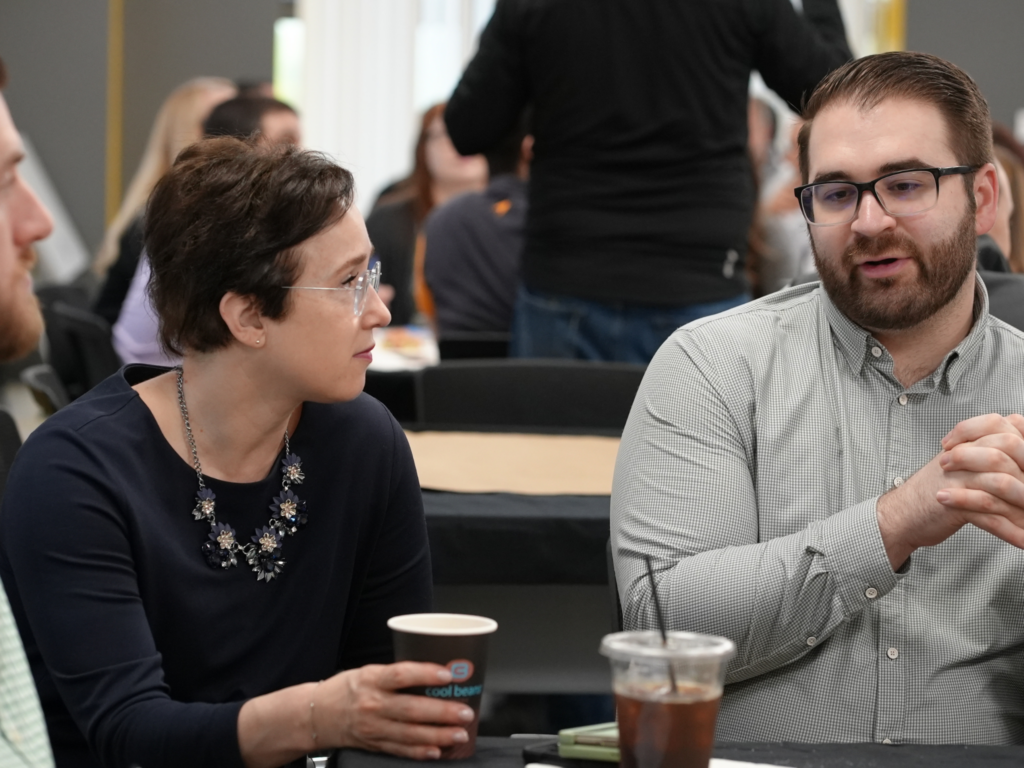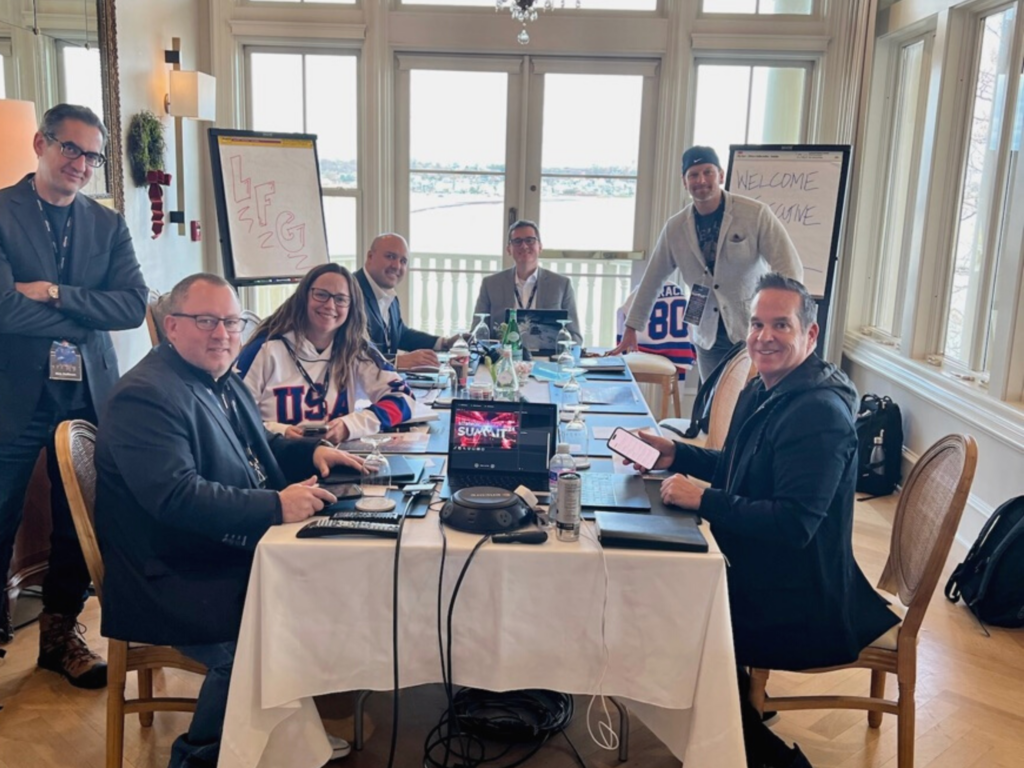Stuck, comfortable, good enough, whatever you call it, we’ve all been there. It may happen when we’ve reached a destination we’ve been striving towards for years and once we arrive, we convince ourselves it’s time to cruise along for a while, to be comfortable right where we landed. Sometimes, we work in a culture where good enough is the goal, and one day we suddenly realize we’ve met the expectations of being just that, good enough. Or perhaps it’s overwhelm, and sometimes outright fear that keeps us from stretching beyond our comfort zone, unsure of how to even begin.
No matter how you got stuck or what’s keeping you there, the fact is you’re no longer striving to be your best self, and it’s time to ask, “Am I really willing to settle for STUCK?” and “Am I willing to do what’s necessary to get unstuck?”
My colleague John Cail is an inspiring example of recognizing his stuckness and embracing the changes he needed to make to get unstuck. John had grown up in a company that embraced the “good enough” mindset and discouraged new, innovative ideas that threatened to disrupt the status quo.
In my almost three decades, never was I exposed to the concept of investing in future business. The culture had always been a transactional one. I own it for X. I sold it for Y; therefore, I made Z. Long-term strategy was never part of the conversation. It was always sell and back fill, sell and back fill. I grew up in that culture in which no one was ever encouraged to take risks. Then Brendan comes in with his growth and innovation mindset. A mindset that requires taking risks—a lot of them.
John was like a deer in the headlights, not because he wasn’t capable of doing all the things I was pushing for, but because he hadn’t been exposed to the concept of pushing the boundaries and not only learning from failure rather than fearing it, but also being supported through that process. Leadership isn’t just about yelling “Charge!” to keep your team following you up to the mountaintop; it’s about providing the encouragement, tools, and resources for them to reach the mountaintop alongside you.
Initially, John was a tough sell. His engrained habits of moving slowly and cautiously were hindering his ability to get to where I needed him to be, which led to a conversation that went something like this:
John, right now, you’re Player A, and I wrote Player A on a whiteboard. You’re doing fine. You’re growing 2 to 5 percent a year—I write that next to Player A. I need you to be Player B who can grow 30 to 40 percent a year. I write that on the board. Basically, I need you to be John 2.O who is willing to start two new businesses plus a third when one fails.
“Okay,” he said hesitantly.
I have one more player to add. Player C is your new boss, who I’m sure will be happy to keep you on in some capacity if I can’t find John 2.0.
I had this conversation with another individual who was on the same leadership level as John and was equally resistant to this new growth mindset. He dug his heels in, insisting on remaining stuck where he was. He’s no longer with the company. John, on the other hand, because he was willing to change and to put in the work to make that change happen, in just four short years, has gone from person B to person Z, from generating two million dollars to over one hundred million dollars.
Now, let’s take a step back and see what really flipped the switch for John. I had told John 2.O I wanted him to start two new businesses and it was okay if one of them failed. One of the businesses was truck rental, and I gave the green light for him to order the trucks. John 1.0 pushed back. He needed a detailed plan first before he felt comfortable moving forward, and he wanted to start with a small fleet—test the waters. I kept pushing for more vehicles and a quicker start. John kept stalling.
Finally, John did get to 2.0, but it wasn’t me that got him over the hurdle. It was a conversation with his team that forced John to see his stuckness and motivated him to get out of his own way.
I remember having the discussion with the team, and Brendan throwing out 500 vehicles and me countering with fifty, worried that even that was too risky. Here I was the leader of the team, nervous and unwilling to take a risk, while all the people I supervised were sitting around the table saying, “Let’s do this, we got this, …” They’re willingness made sense to me, because they were newer to the company and hadn’t experienced the cultural history of avoiding failure at all costs. But it really made me sit back and think, how fixed am I that the people I lead are sitting here looking at me saying, “Come on, man. Let’s go,” and I’m too nervous to say yes? That was an eye-opening moment for me. It was my team’s fearless perspective that gave me the courage to take that initial leap of faith.
Once John crossed that threshold, his instincts to think innovatively, to find solutions, and to move forward kicked in.
Now I’m a one hundred percent believer that getting out in front with a yes, with a vision, and then building the infrastructure for your future success enables an organization to go faster and further. It’s also a far more rewarding strategy.
Today, and this is the most important part, John is a fearless leader in his own right, pushing me and everyone around him to do better, to be better, to believe in ourselves and those around us. John is doing what every fearless leader does: he’s helping build the next generation of fearless leaders.
